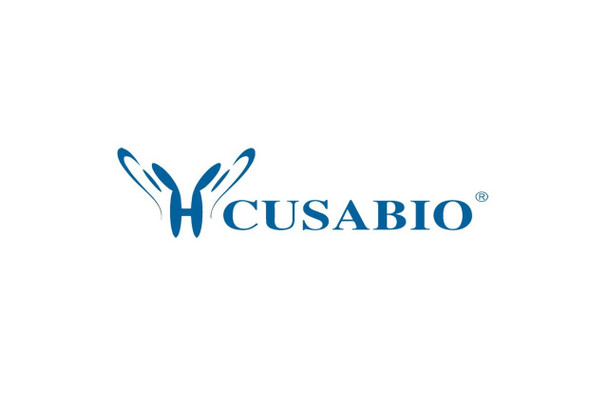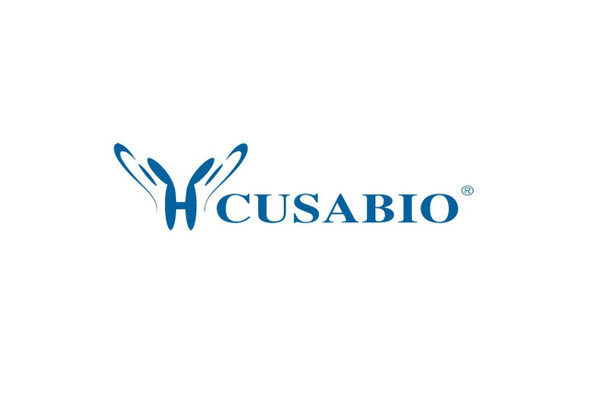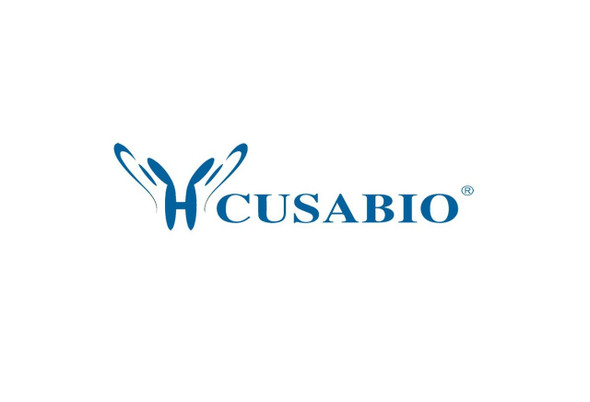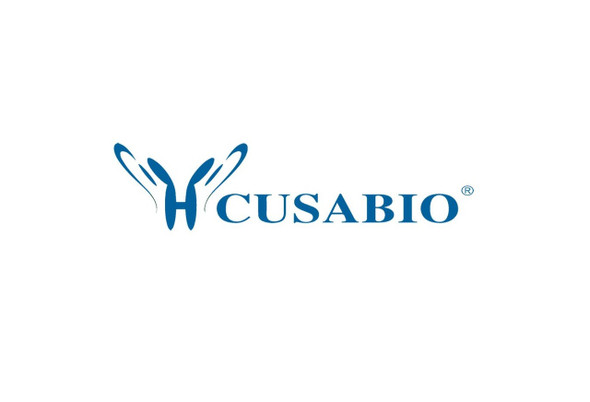Cusabio Human Recombinants
Recombinant Human Transcription elongation factor A protein 2 (TCEA2) | CSB-EP621877HU
- SKU:
- CSB-EP621877HU
- Availability:
- 13 - 23 Working Days
Description
Recombinant Human Transcription elongation factor A protein 2 (TCEA2) | CSB-EP621877HU | Cusabio
Alternative Name(s): Testis-specific S-IITranscription elongation factor S-II protein 2Transcription elongation factor TFIIS.l
Gene Names: TCEA2
Research Areas: Epigenetics and Nuclear Signaling
Organism: Homo sapiens (Human)
AA Sequence: MMGKEEEIARIARRLDKMVTKKSAEGAMDLLRELKAMPITLHLLQSTRVGMSVNALRKQSSDEEVIALAKSLIKSWKKLLDASDAKARERGRGMPLPTSSRDASEAPDPSRKRPELPRAPSTPRITTFPPVPVTCDAVRNKCREMLTAALQTDHDHVAIGADCERLSAQIEECIFRDVGNTDMKYKNRVRSRISNLKDAKNPDLRRNVLCGAITPQQIAVMTSEEMASDELKEIRKAMTKEAIREHQMARTGGTQTDLFTCGKCRKKNCTYTQVQTRSSDEPMTTFVVCNECGNRWKFC
Source: E.coli
Tag Info: N-terminal 6xHis-SUMO-tagged
Expression Region: 1-299aa
Sequence Info: Full Length
MW: 49.6 kDa
Purity: Greater than 90% as determined by SDS-PAGE.
Relevance: Necessary for efficient RNA polymerase II transcription elongation past tplate-encoded arresting sites. The arresting sites in DNA have the property of trapping a certain fraction of elongating RNA polymerases that pass through, resulting in locked ternary complexes. Cleavage of the nascent transcript by S-II allows the resumption of elongation from the new 3'-terminus.
Reference: N-terminal acetylome analyses and functional insights of the N-terminal acetyltransferase NatB.Van Damme P., Lasa M., Polevoda B., Gazquez C., Elosegui-Artola A., Kim D.S., De Juan-Pardo E., Demeyer K., Hole K., Larrea E., Timmerman E., Prieto J., Arnesen T., Sherman F., Gevaert K., Aldabe R.Proc. Natl. Acad. Sci. U.S.A. 109:12449-12454(2012)
Storage: The shelf life is related to many factors, storage state, buffer ingredients, storage temperature and the stability of the protein itself. Generally, the shelf life of liquid form is 6 months at -20?/-80?. The shelf life of lyophilized form is 12 months at -20?/-80?.
Notes: Repeated freezing and thawing is not recommended. Store working aliquots at 4? for up to one week.
Function: Necessary for efficient RNA polymerase II transcription elongation past template-encoded arresting sites. The arresting sites in DNA have the property of trapping a certain fraction of elongating RNA polymerases that pass through, resulting in locked ternary complexes. Cleavage of the nascent transcript by S-II allows the resumption of elongation from the new 3'-terminus.
Involvement in disease:
Subcellular Location: Nucleus
Protein Families: TFS-II family
Tissue Specificity: Testis and ovary specific.
Paythway:
Form: Liquid or Lyophilized powder
Buffer: If the delivery form is liquid, the default storage buffer is Tris/PBS-based buffer, 5%-50% glycerol. If the delivery form is lyophilized powder, the buffer before lyophilization is Tris/PBS-based buffer, 6% Trehalose, pH 8.0.
Reconstitution: We recommend that this vial be briefly centrifuged prior to opening to bring the contents to the bottom. Please reconstitute protein in deionized sterile water to a concentration of 0.1-1.0 mg/mL.We recommend to add 5-50% of glycerol (final concentration) and aliquot for long-term storage at -20?/-80?. Our default final concentration of glycerol is 50%. Customers could use it as reference.
Uniprot ID: Q15560
HGNC Database Link: HGNC
UniGene Database Link: UniGene
KEGG Database Link: KEGG
STRING Database Link: STRING
OMIM Database Link: OMIM









